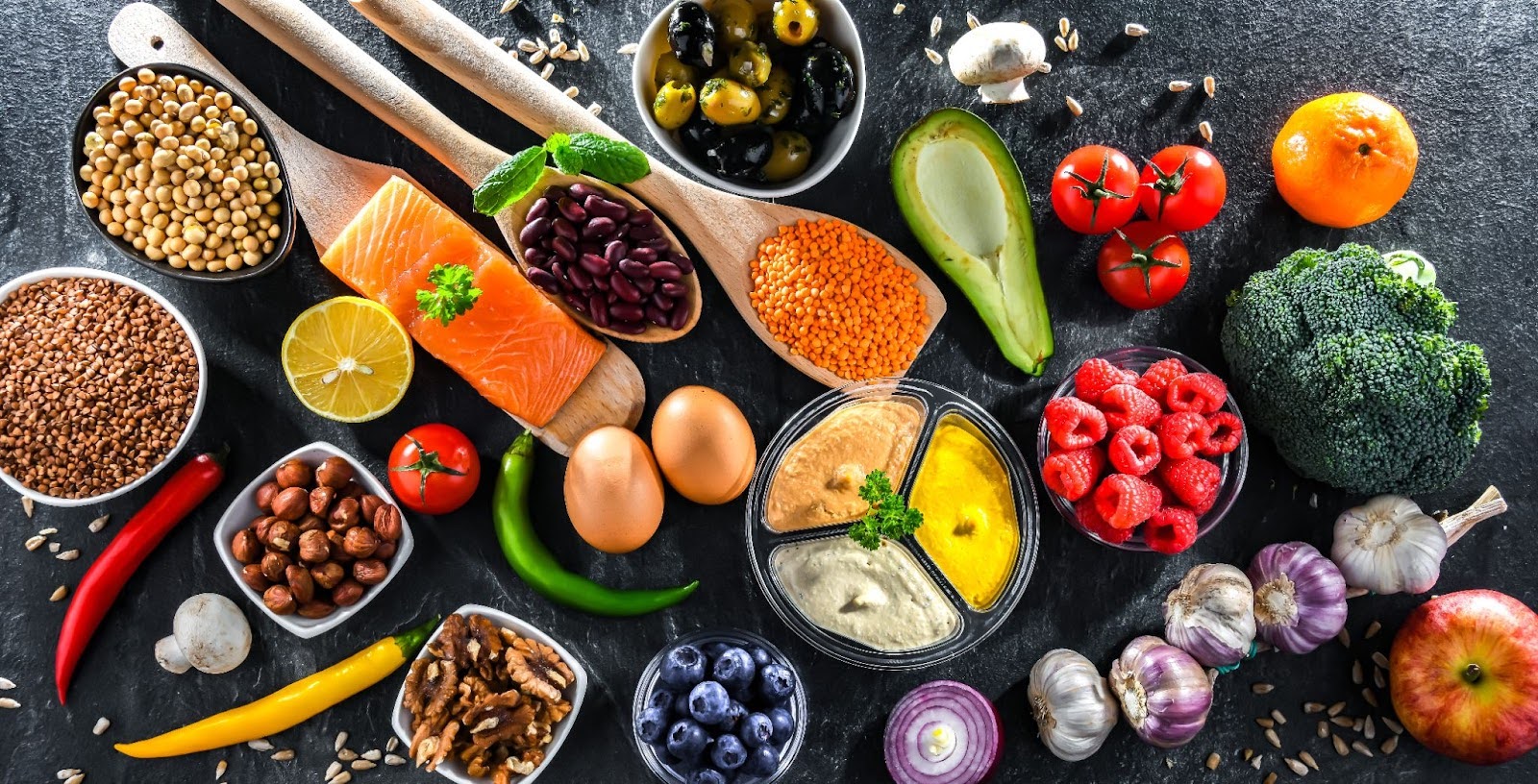So you’ve been training hard for your first marathon, triathlon, or other big endurance race. You’ve been working your keister off for months, and the race is just days away… time to carbo-load! Yes, all your bready, starchy, and chewy dreams are about to come true — all the carbs, none of the guilt. So you drive to Olive Garden, order three baskets of breadsticks (keep ‘em comin’ waiter!) and tuck in for a fettucini fiasco the world has never seen.
Ok, now just hold it right there.
Before you go Michael Scott-ing your way to a crushing defeat on the race track, let’s actually unravel the starchy truth about this often misunderstood fitness practice. Here comes the ins and outs, ups and downs, pros and cons of carbo-loading.
What Is Carbo-Loading?
We all know that we use food as our fuel when taking part in any athletic activity. Everything that we consume, all the calories, fats, proteins, and other nutrients wind their way through our bodies towards some kind of energetic output. But when we are planning on doing some extended exercise, around 90 minutes of moderate to high intensity exertion, we need some added stores of fuel. That’s where carbo-loading comes in.
The Science Behind Carbo-Loading
When we exercise, our bodies break down glycogen stored in our muscles, which then frees up glucose molecules that we can burn up for energy. But guess what happens once we’ve run out of that muscle glycogen? Boom, you just hit the wall. Hitting the wall feels like you just accidentally fell into an olympic-sized pool filled with glue, and now you’ve got to drag yourself through it. Yeah, no fun. But with carbo-loading, we can maximize our muscle glycogen stores, with enough potential energy to finish that athletic event — glue free.

How Does One Carbo-Load?
Carbo-loading is more complicated than just gorging on all the donuts you can fit in your gullet a day before your event. (Also, please do NOT do that). What you want to do is, about four days before your big race, fill your diet with foods high in complex carbohydrates, and low in fat, including:
• Oatmeal
• Whole wheat pasta
• Quinoa
• Couscous
• Legumes
• Sweet potatoes
• Tart cherries
• Beets
• White rice
• Fruit smoothies
• Honey
• Orange juice

The Advantages of Carbo-Loading
Carbo-loading is an excellent strategy for moderately fit endurance athletes, taking part in any sporting event or race lasting over 90 minutes. These can include: marathons, soccer matches, cross-country skiing, distance running, cycling competitions, and open water swimming, among many others. If you carbo-load carefully, with an eye on nutrition and balance, you can look forward to extended energy and a better performance.
Carbo-Cons
So who shouldn’t be munching on the carbs pre-race? Well, if you have diabetes, you must consult with your physician before making any major dietary changes, as this regimen will greatly increase your blood sugar levels. If your body is not used to a super-high fiber diet, you might experience bloating, gas, constipation, and a bunch of other burbling, gurgling things we won’t mention here. Finally, if your activity runs less than 90 minutes, and isn’t in fact that intensive, you don’t actually need to carbo-load (sorry, you don’t need to take that bag of muffins with you on your weekly walk around the block).
Well there you have it: everything you need to know about carbo-loading (but were afraid to ask). Now if you’re looking for a little help with your fitness training routines, be sure to check out a 7-Day Free Trial with Studio SWEAT onDemand! We’ve got tons of helpfully heart-pumping and seriously sweat-inducing virtual workouts that can help you get ready for any endurance activity. We’ve got a huge selection of Indoor Cycling, TRX, HIIT, Yoga, Pilates, Kickboxing, Barre, Bootcamp, and tons of other streaming fitness classes, for any age, body type, and fitness level. Sign up today, and let’s get burning!









Comments - 0